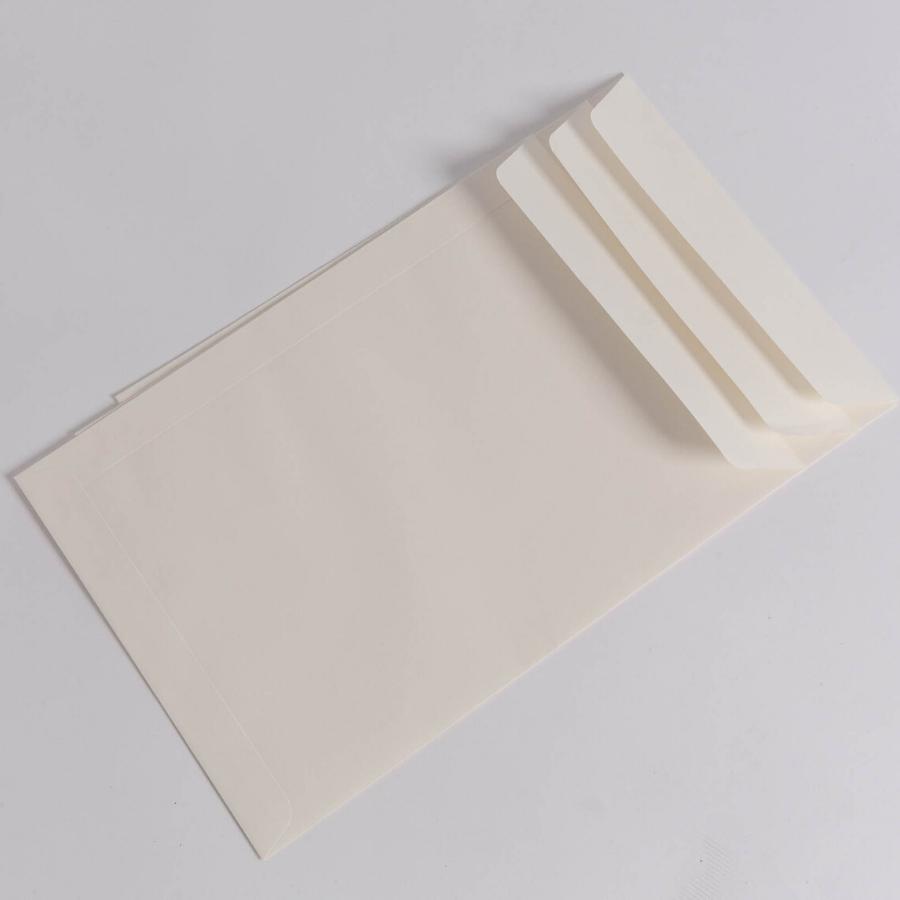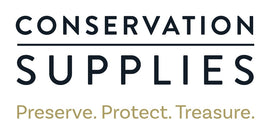Photos and Letter Storage
We have several products that will help you organise and store your photographs and letters.
The first step is to decide how the photographs will be used in the future.
Will they be viewed and handled regularly?
Are the photographs digitized so the originals just need long term protection and storage?
Once you know what the bigger plan is for the photographs you can then decide on the suitable storage and protective solutions for them.
The main preservation technique is to separate the items, so they do not leach acid into each other. They should be stored in a cool, dry place, and out of direct sunlight.
Option 1: View in a Binder
Polypropylene Pages with holes to fit Ring Binders
Polypropylene Benefits:
More rigid and durable, providing additional support for negatives and slides.
Clearer transparency, making it easier to view the contents without removing them.
Ideal for frequent handling and display in binders.
Backing Cards
Adding a backing card when inserting photos back-to-back in acid-free pages prevents image transfer and pressure damage, keeping prints safe from ink transfer, indentations, and warping.
It also provides structural support, especially for thinner prints prone to curling. A backing card blocks light exposure, reducing fading and protecting against chemical deterioration.

Backing Cards - 300gsm Museum Card
Made from premium quality, ageing-resistant, buffered archival card, the backing cards offer maximum durability and longevity. Ideal for supporting your fragile documents, photos and prints when packing for long term storage.
Presentation Albums
Please note, not all pages fit into all the binders.
Please refer to the "Resources" tab on each binder to ensure your page will fit.
Option 2: Store in a Box
Box storage is the best choice for long-term preservation, offering maximum protection from external elements.
Use Acid-Free Enclosures:
Place each photo or letter inside an enclosure to prevent direct contact with other materials.
Polypropylene Enclosure Benefits:
More rigid and durable, providing additional support for negatives and slides.
Clearer transparency, making it easier to view the contents without removing them.
Ideal for frequent handling and display in binders.
Polyester Enclosure Benefits:
The highest clarity and the most chemically stable of the three materials.
Extremely durable and resistant to tearing, making them ideal for long-term archival storage.
Does not generate static, reducing the attraction of dust and debris.
Commonly used by museums and archives for preserving highly valuable or fragile materials.
Storage Box
Here’s an example of how we organised photos, letters, and newspaper articles in enclosures and pages before storing them in a box.

Photo Boxes with Dividers
Photos can be stored directly into these boxes and will be protected by the buffering the archival box board offers.
If you want added protection you can put each photo into a polypropylene pocket as mentioned earlier or in an acid free Paper Envelopes.
The beauty of using an envelope is that you can write the details of your photograph on the outside using a Soft Leaded Pencil

Paper Envelopes
Archival acid-free buffered envelopes ideal for the long term storage of paper, prints, photos and negatives.
Made from 100gsm Heritage Woodfree Paper which is lignin free, acid free and buffered to pH 8.5 with calcium carbonate.
Pens to Label Photos
Have Any Questions?
We are here to answer all of your queries
